Justice Scalia suggests black college students should attend 'a less-advanced... slower-track school'

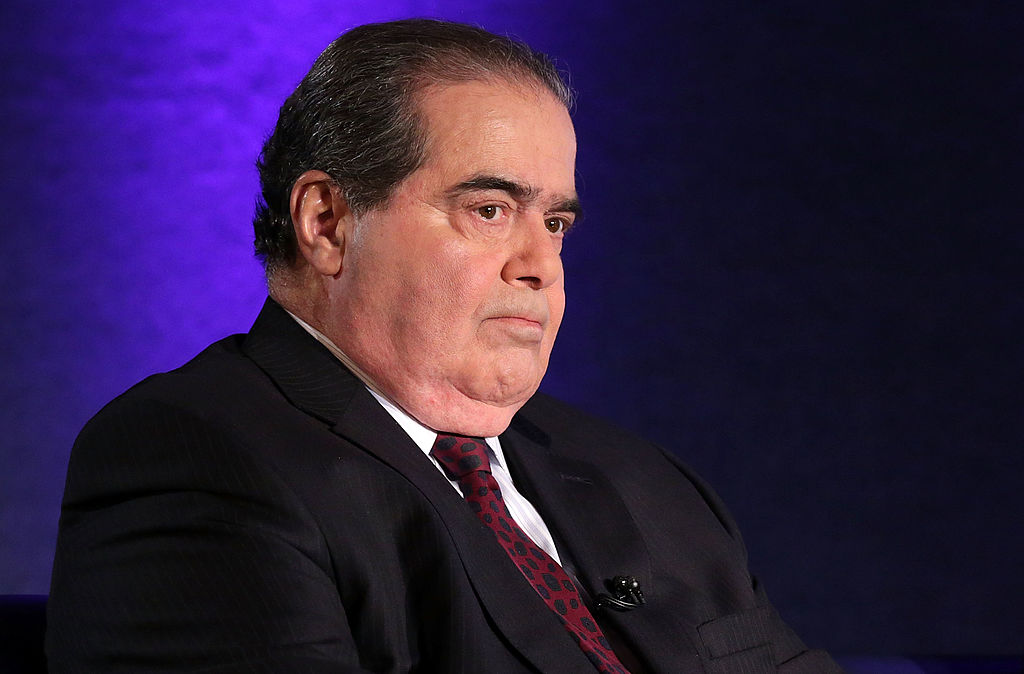
On Wednesday, the Supreme Court heard oral arguments in Fisher v. University of Texas, in which a white female Texan, Abigail Fisher, sued the University of Texas, claiming she wasn't admitted in 2008 because of affirmative action — UT uses race as one factor in accepting a quarter of incoming students (the other three-quarters are automatically accepted based on academic performance in Texas high schools). This is the second time the Supreme Court has heard the case, and based on the comments from the justices, it appears that a majority is ready to find the UT admissions system — and all affirmative action at U.S. colleges and universities — unconstitutional.
One set of remarks "drew muted gasps in the courtroom," The New York Times reports. University of Texas lawyer Gregory G. Garre had just finished arguing that the black population at "selective" schools "plummeted" after affirmative action was ended, when Justice Antonin Scalia stepped in, according to a court transcript:
There are those who contend that it does not benefit African-Americans to — to get them into the University of Texas where they do not do well, as opposed to having them go to a less-advanced school, a less — a slower-track school where they do well. One of — one of the briefs pointed out that — that most of the — most of the black scientists in this country don't come from schools like the University of Texas. They come from lesser schools where they do not feel that they're — that they're being pushed ahead in — in classes that are too — too fast for them. I'm just not impressed by the fact that — that the University of Texas may have fewer (black students). Maybe it ought to have fewer. [Justice Scalia]
Garre responded that "this court heard and rejected that argument, with respect, Justice Scalia." He added that, "frankly, I don't think the solution to the problems with student body diversity can be to set up a system in which not only are minorities going to separate schools, they're going to inferior schools." The key vote in the case will be, as he often is, Justice Anthony Kennedy, who has never voted in favor of affirmative action.
The Week
Escape your echo chamber. Get the facts behind the news, plus analysis from multiple perspectives.

Sign up for The Week's Free Newsletters
From our morning news briefing to a weekly Good News Newsletter, get the best of The Week delivered directly to your inbox.
From our morning news briefing to a weekly Good News Newsletter, get the best of The Week delivered directly to your inbox.
The Supreme Court does not allow cameras at oral arguments, but audio of Scalia's comments will be released on Friday, legal analyst Jeffrey Toobin noted on CNN after the transcript was released. Scalia was citing an amicus brief filed in the case, he added, but "he has really, almost intentionally, become the 'get off my lawn' justice." You can watch that piece of legal analysis below. Peter Weber
A free daily email with the biggest news stories of the day – and the best features from TheWeek.com
Peter has worked as a news and culture writer and editor at The Week since the site's launch in 2008. He covers politics, world affairs, religion and cultural currents. His journalism career began as a copy editor at a financial newswire and has included editorial positions at The New York Times Magazine, Facts on File, and Oregon State University.
-
 ‘Care fractures after birth’
‘Care fractures after birth’instant opinion Opinion, comment and editorials of the day
-
 Shots fired in the US-EU war over digital censorship
Shots fired in the US-EU war over digital censorshipIN THE SPOTLIGHT The Trump administration risks opening a dangerous new front in the battle of real-world consequences for online action
-
 What will the US economy look like in 2026?
What will the US economy look like in 2026?Today’s Big Question Wall Street is bullish, but uncertain
-
 Penn wipes trans swimmer records in deal with Trump
Penn wipes trans swimmer records in deal with Trumpspeed read The University of Pennsylvania will bar transgender students from its women's sports teams and retroactively strip a trans female swimmer of her titles
-
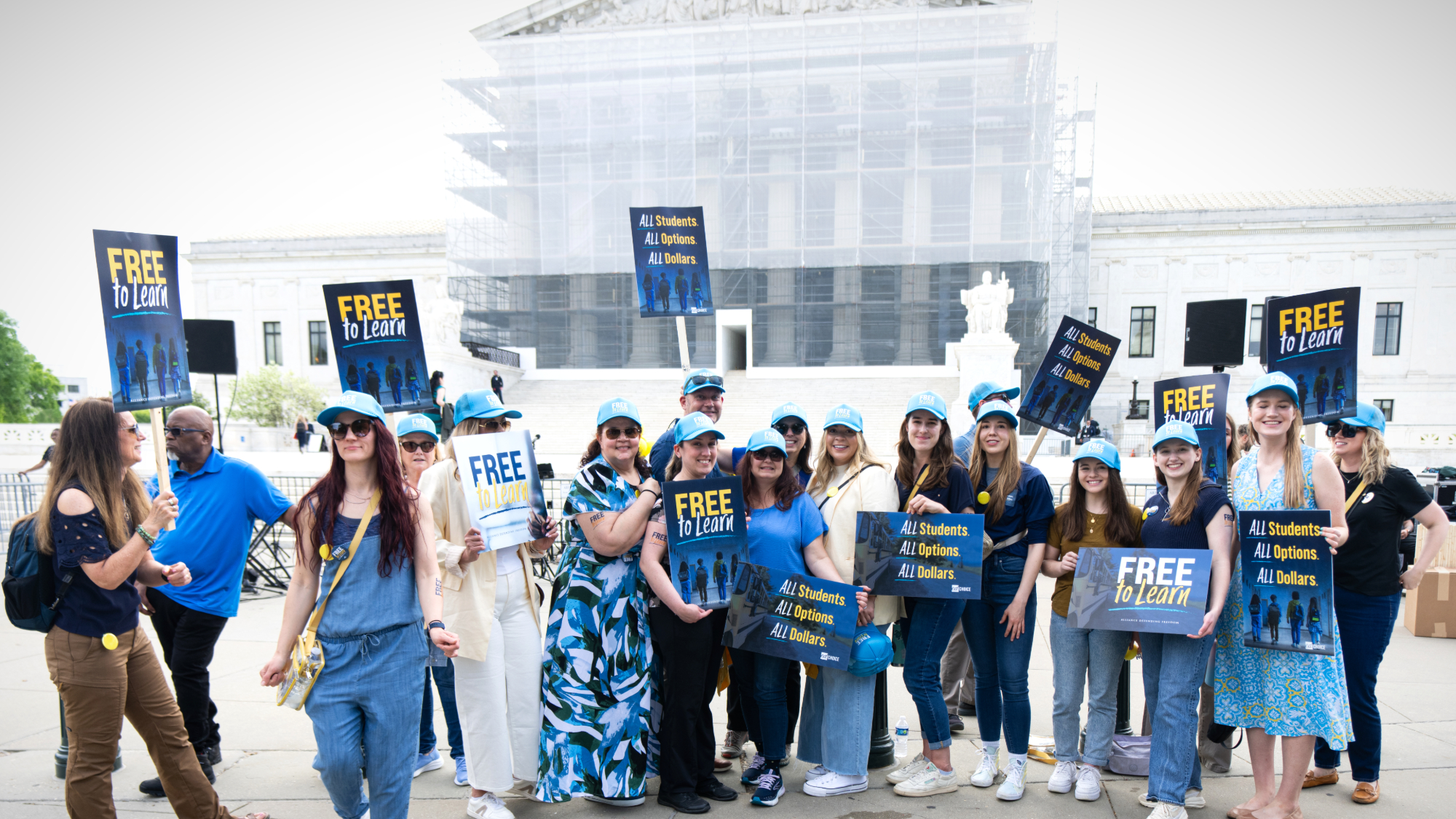 Supreme Court may bless church-run charter schools
Supreme Court may bless church-run charter schoolsSpeed Read The case is 'one of the biggest on church and state in a generation'
-
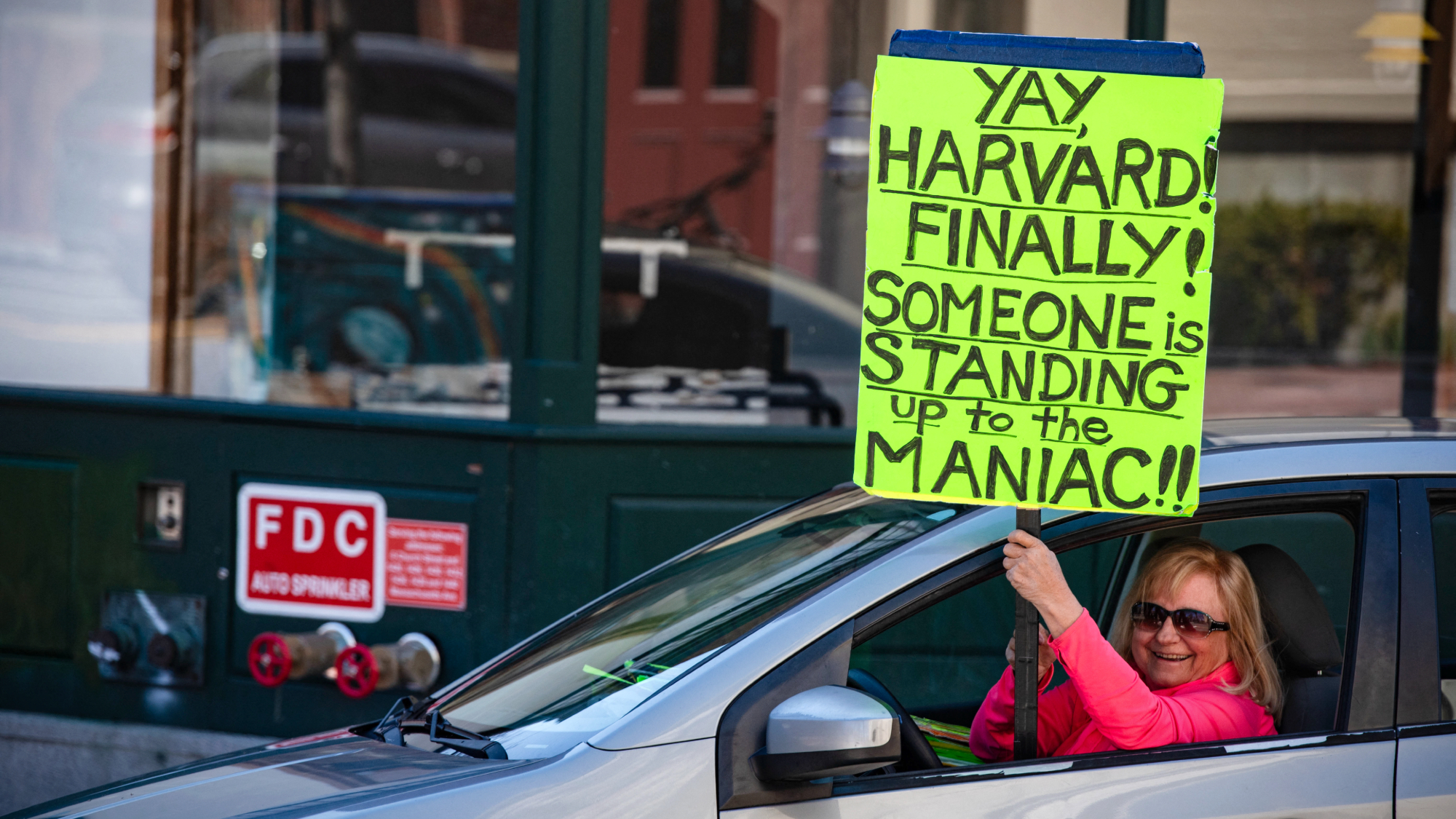 Harvard sues Trump over frozen grant money
Harvard sues Trump over frozen grant moneySpeed Read The Trump administration withheld $2.2 billion in federal grants and contracts after Harvard rejected its demands
-
 Harvard loses $2.3B after rejecting Trump demands
Harvard loses $2.3B after rejecting Trump demandsspeed read The university denied the Trump administration's request for oversight and internal policy changes
-
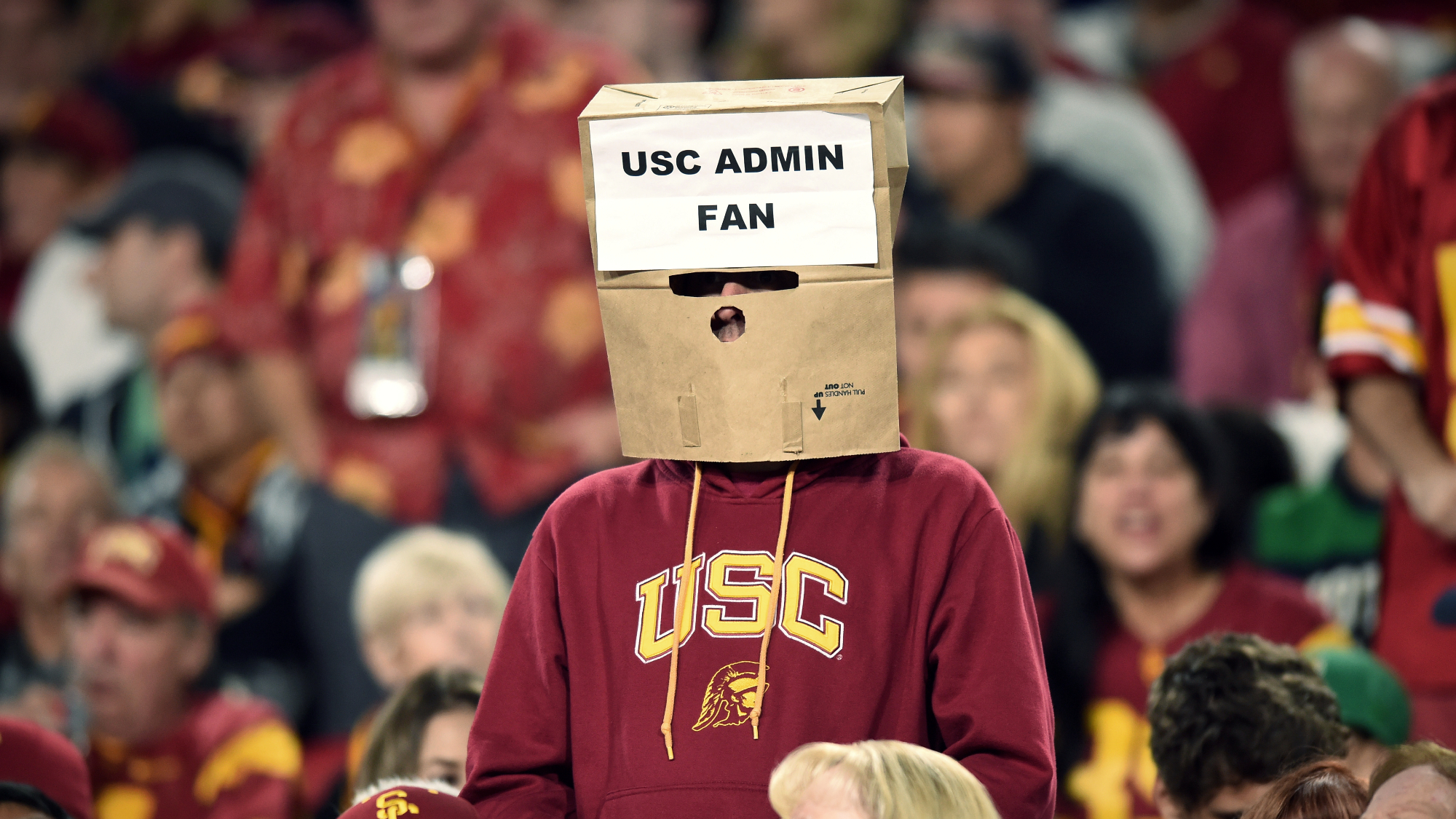 USC under fire for canceling valedictorian speech
USC under fire for canceling valedictorian speechSpeed Read Citing safety concerns, the university canceled a pro-Palestinian student's speech
-
 Florida teachers can 'say gay' under settlement
Florida teachers can 'say gay' under settlementspeed read The state reached a settlement with challengers of the 2022 "Don't Say Gay" education law
-
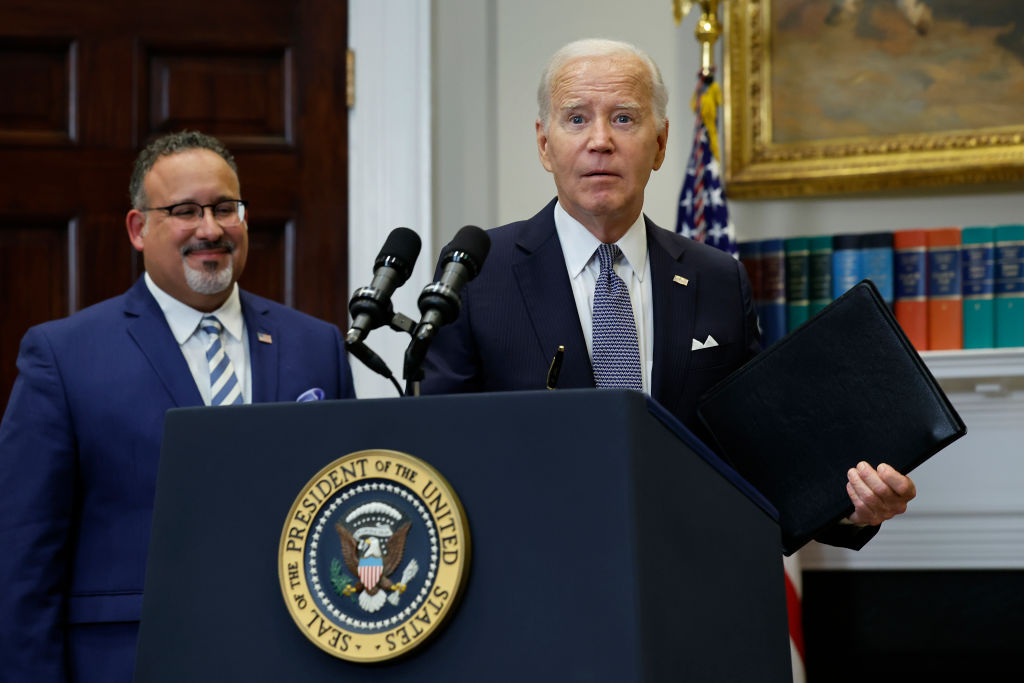 Biden administration to forgive $39B in student loan debt for 800K borrowers
Biden administration to forgive $39B in student loan debt for 800K borrowersSpeed Read
-
 Advocacy groups challenge Harvard's legacy admissions policy
Advocacy groups challenge Harvard's legacy admissions policySpeed Read
